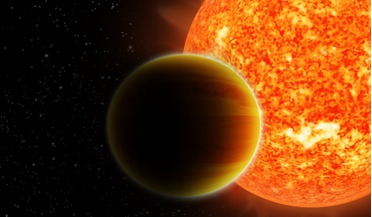 20 June 2016
Trio of hot Jupiters give clue to their formation
20 June 2016
Trio of hot Jupiters give clue to their formation
... by other planets and dynamical interactions with the still present circumstellar disk. In simulations of growing planetary systems, models have revealed that a jam-packed nascent environment can become strongly destabilised by stellar encounters...
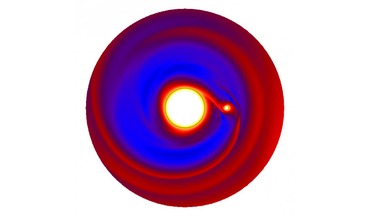 28 October 2016
Temperature is the key to showing how gas giants form say researchers
28 October 2016
Temperature is the key to showing how gas giants form say researchers
... paper. Luckily, this huge temperature difference should be easily observable. "When astronomers look into new forming planetary systems, just measuring the temperatures in the planet's vicinity will be enough to tell which formation mechanism built...
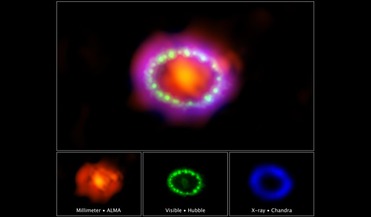 27 February 2017
Thirty years in the making - researchers show SN1987A in all of its glory
27 February 2017
Thirty years in the making - researchers show SN1987A in all of its glory
... us understand how it forms and how supernovas seed interstellar space with the raw material for new planetary systems." Aside from the dust, astronomers are also still looking for evidence of a neutron star or a black hole...
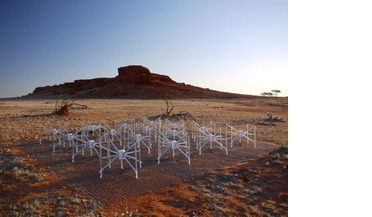 01 August 2016
SETI has new eyes on the skies
01 August 2016
SETI has new eyes on the skies
...had to extract signals from 45 exoplanets in 38 planetary systems to ensure they were not confused with anything ... things, systematic, volume-limited searches of exoplanet systems for signals from technologically advanced civilisations. The search...
 22 December 2016
Faint signals of water in the nearby Universe can now be detected by ALMA
22 December 2016
Faint signals of water in the nearby Universe can now be detected by ALMA
... enabling ALMA to look beyond the dust in these fledgling planetary systems to see what role water plays in their evolution. ...water, a prerequisite for life as we know it, in our Solar System and in more distant regions of our galaxy and beyond. They ...
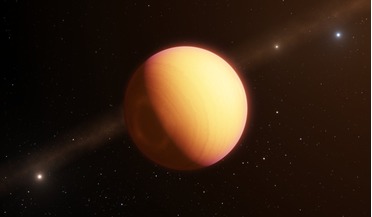 27 March 2019
Storm-plagued exoplanet revealed in detail with GRAVITY
27 March 2019
Storm-plagued exoplanet revealed in detail with GRAVITY
... a super-sized world unlike any found in our Solar System. The exoplanet was first discovered in 2010 when it was... youth can help scientists work out how planets and planetary systems form. HR8799e is also completely inhospitable too; the exoplanet...